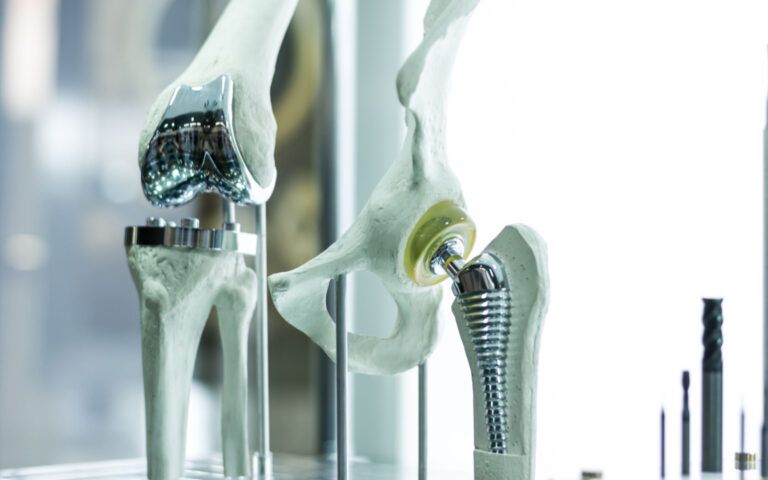How Early Identification May Help Prevent Osteoarthritis

As the most widespread form of arthritis, osteoarthritis has limited strategies for nonsurgical treatments due to their limited uses. People with painful osteoarthritis tend to have already extensive structural damage throughout the knees, which can prevent successful treatment and reversal of the disease. Because medical researchers are still looking for ways to treat osteoarthritis effectively, early-prevention strategies are vital for preventing osteoarthritis and treating it early. Because of this, many medical professionals are developing numerous ways to approach high-risk factors with osteoarthritis, and today we will be exploring some of those methods.
Why Focus on Early Prevention Rather Than Treatment?
While treatment is a high priority for those with already severe forms of osteoarthritis, the biological mechanisms behind this condition are poorly understood. Once osteoarthritis develops, it cannot be reversed. Osteoarthritis cannot be cured because the condition destroys cartilage, which cannot be regrown like bone can. Because of these limits, treatment recommendations like diet changes, exercise, topical creams, and even joint replacement surgery are end-point treatments to help manage the condition.
Research is still attempting to find effective therapies through the forms of stem cell research, TNF-a inhibitors, and other methods. However, as the general population continues to grow and older generations are at risk for osteoarthritis, prevention methods can help dissuade the development of this condition before it arrives. Finding factors related to its development can help redirect patients towards more effective means of treating their health conditions, including those faced with or at risk of chronic diseases.
What Factors Are Measured To Help Prevent Osteoarthritis?
Identifying those at high risk for osteoarthritis means looking at many factors that contribute to the condition. In identifying these risks, orthopedics and pain management specialists often have to look at aspects of the human body related to mechanical load, hormone levels, known diseases, and other body reactions to determine the various risks. These risks include:
- Age: Age plays a major role in the development of osteoarthritis, as the decrease in hormone production often contributes to cartilage fragility and joint damage. To address this issue, addressing middle-aged people at high risk can help provide better prevention methods.
- Obesity: Obesity can potentially eliminate up to 50% of all knee-related osteoarthritis throughout the United States. This is because obesity increases the risk of knee, hip, and hand osteoarthritis due to the effects of an unbalanced mechanical load on the joints.
- Genetics and Abnormalities: In other cases, some genes can contribute to the increased risk of osteoarthritis, and any signs of pre-existing abnormalities within the joints due to disease or genetics can contribute to its development, especially in early adulthood.
- Gender: When referring to gender, women are at a higher risk of developing osteoarthritis than men due to the eventual decline of hormone production after menopause and structural differences within the bones and cartilage.
- Inflammation-Related Diseases: Those with inflammation and nerve conditions may also face a higher risk of osteoarthritis due to the impact pain and inflammation systems have on the joints.
- Traumatic Joint Injuries: Most of all, people with previous joint injuries are at higher risk of developing osteoarthritis due to meniscal damage to the joint areas, resulting in inflammation, joint pain, and gradual damage over time even with the use of joint replacement surgery.
While several factors can play into the role of osteoarthritis, finding prevention methods are important for helping those at high risk. To learn more, scheduling an appointment with your local orthopedist can provide you with the best options for prevention and treatment.


Recent Comments